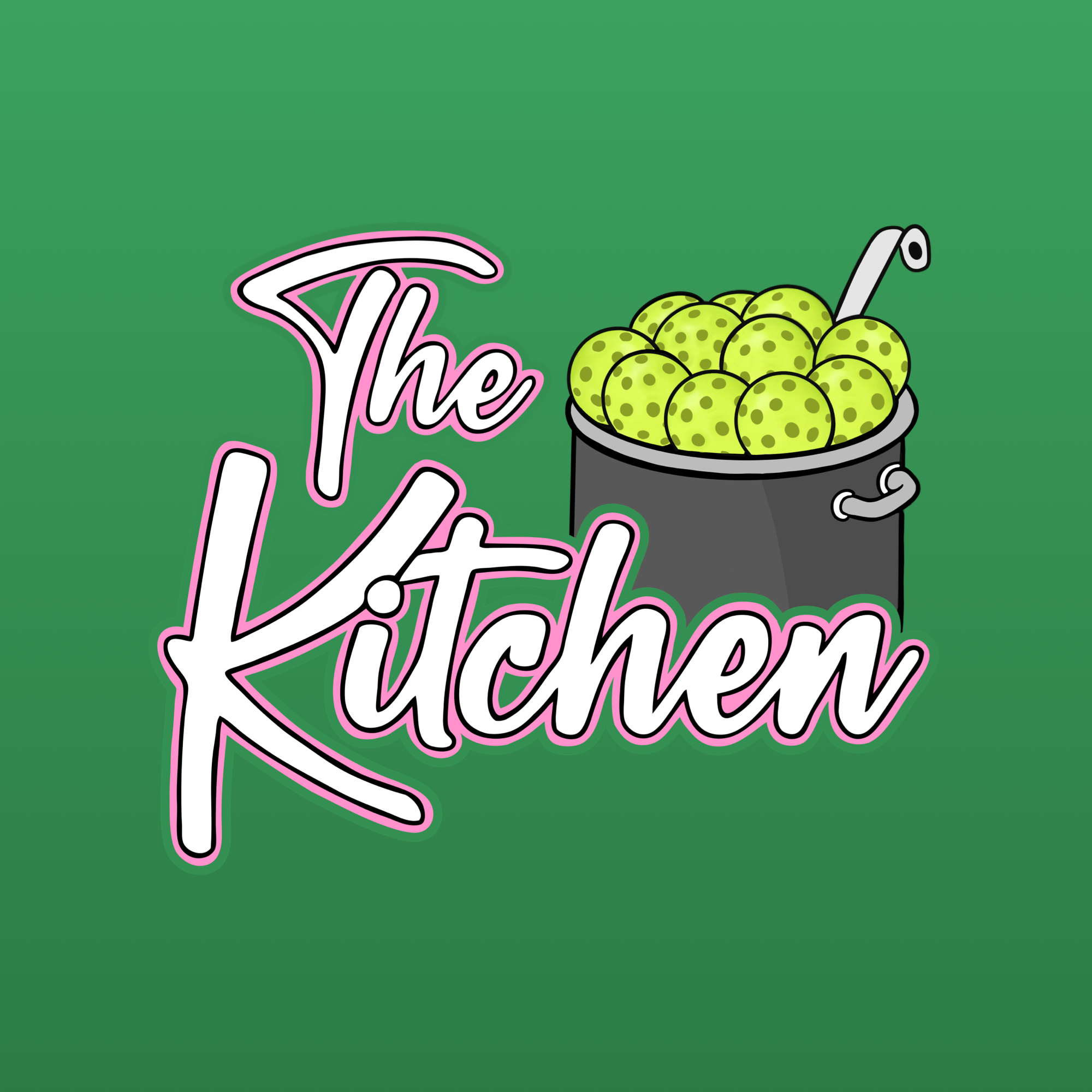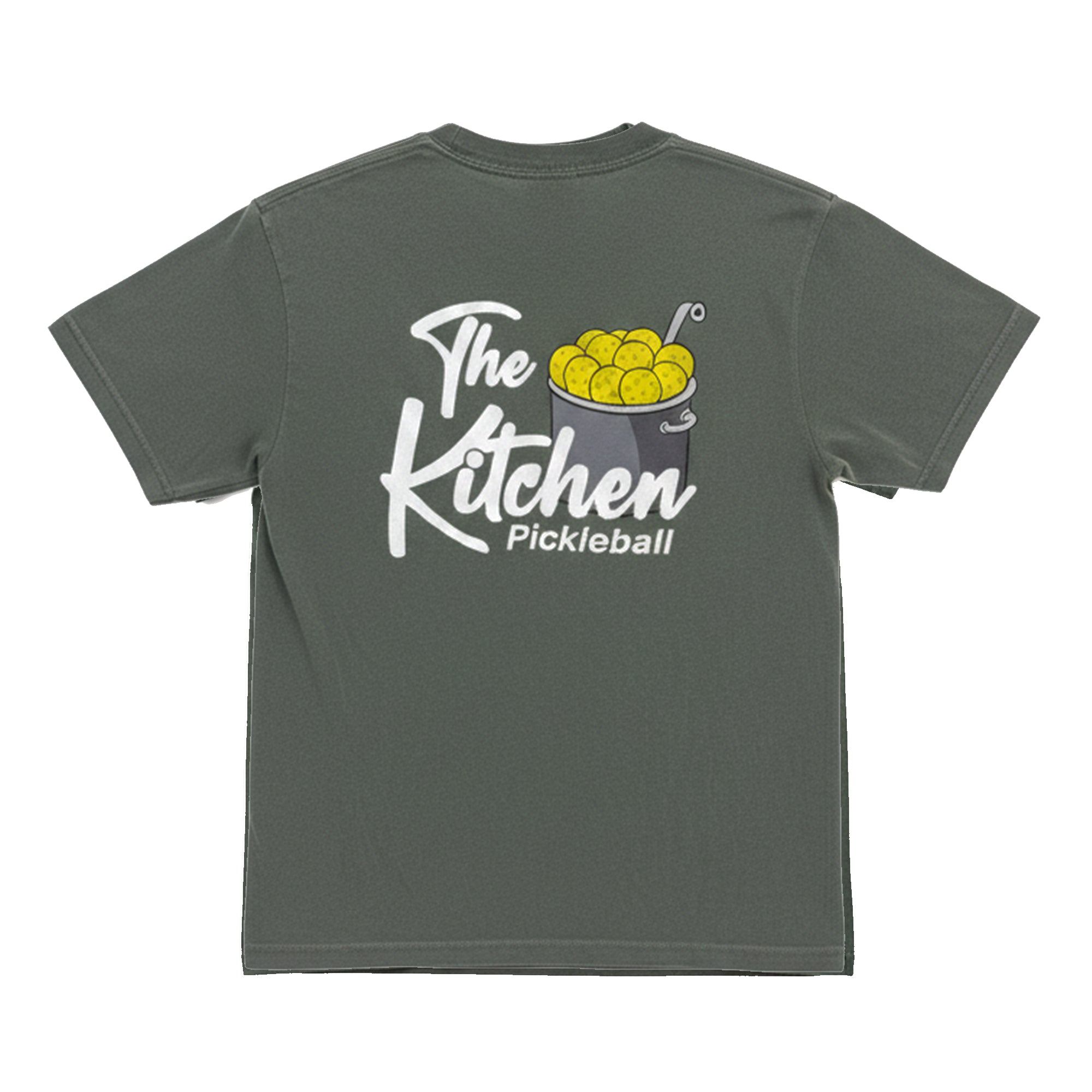The 4 stages of pickleball skill development
Last Edited
Sep 26 2025
Category
Instruction
Players learning to play any sport progress through four main stages of skill development, according to TeachMe.To, the leading marketplace for finding and booking in-person sports lessons, and the nation’s No. 1 provider of pickleball lessons by volume.
The four stages are:
Unconscious incompetence: Players don’t know what they don’t know.
Conscious incompetence: Players realize their gaps and start learning.
Conscious competence: Players can perform the skill but need focus.
Unconscious competence: The skill becomes second nature.
In this article we'll take a closer look at each stage as it applies to pickleball, and how players can progress through the stages and keep improving.
Stage 1: Unconscious incompetence
Beginning pickleball players often don't recognize their weaknesses or understand how much practice it will take to reach the higher levels of the sport. That's what has led to pickleball becoming known as a sport that is "easy to learn, but hard to master."
Read next: The science behind why pickleball players overestimate their skill level
The low barrier to entry means that players can often sustain a rally at lower levels the first few times they play. It makes pickleball fun and welcoming, but it also leads to a false sense of security.
At this stage, the big challenge is overcoming this lack of awareness, which can be done by getting exposure to higher levels of play or getting feedback from other players or coaches who have been around the game longer.
Stage 2: Conscious incompetence
This is when players begin to recognize the complexities of the sport and understand their true skill level.
Frustration can often creep in during this stage because players become aware of their limitations, but that awareness is a crucial step toward improving.
Recognizing the gap between where they are and where they want to be often sparks the motivation to improve through drilling focused on specific shots.
Stage 3: Conscious competence
At this stage, pickleball players can execute the standard shots -- third-shot drops, drives, dinks, counters, etc. -- but it requires concentrated effort and focus on their technique and court positioning.
Each shot and decision requires attention. To progress and get to a point where things come more naturally, players need to:
- Practice regularly with proper technique.
- Seek feedback from experienced coaches or fellow players.
- Gradually tackle more advanced aspects of the game.
Stage 4: Unconscious competence
This is the stage where pickleball players have achieved mastery. That doesn't mean they're a pro necessarily, but executing at a high level has become effortless.
A college or NFL quarterback isn't thinking about their footwork or the mechanics of throwing the ball -- they are focused on reading the defense and reacting to what's going on around them. The same is true of high-level pickleball players.
Decisions and execution of shots are driven by muscle memory acquired over thousands and thousands of reps and hitting good shots requires little conscious thought.
Assessing your current stage
Skill development in pickleball starts with honest assessment of your game -- are you a 3.5 currently? 4.0? 4.5? 5.0?
And what level are you trying to get to?
If you are still focusing on refining your technique, you're likely in Stage 3. If you've reached a point where shots feel natural and automatic, that's Stage 4.
Here’s how to assess your stage effectively:
Track your progress: Keep an eye on specific metrics, such as your DUPR rating or results in tournaments or leagues.
Identify challenges: Think about shots or situations where you consistently struggle.
Gauge effort levels: Pay attention to how much conscious thought each task requires.
By correctly identifying your current stage, you can align your practice sessions and areas of focus to address what you need most.
Working with a trusted instructor can also make a big difference in how quickly you improve. According to TeachMe.To, a study on tennis players found that those with professional coaches advanced from Stage 2 to Stage 3 in just 3 months, compared to 7 months for those learning on their own.
While coaching can speed up the process, players ultimately are in control of their own development -- they must stay consistent in their approach and address hurdles as they progress through the four stages.













